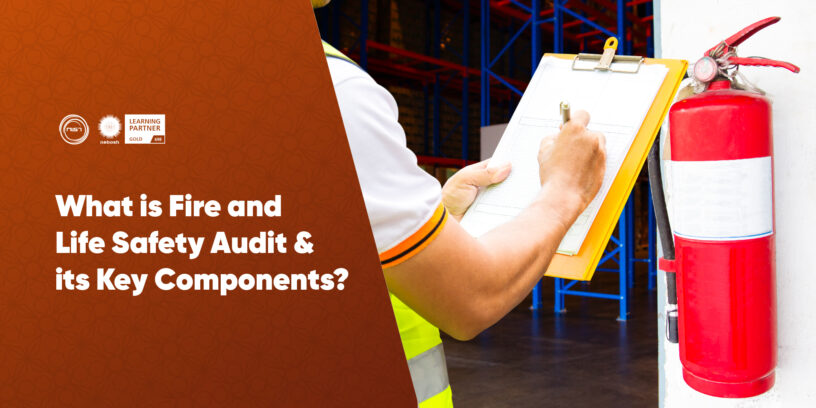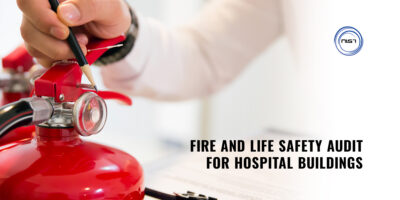A fire and life safety audit is a comprehensive examination of a building or facility to assess its level of compliance with fire safety regulations and standards. The primary purpose of such an audit is to identify potential fire hazards, evaluate the effectiveness of existing fire safety measures, and ensure that proper procedures are in place to protect life and property in the event of a fire or emergency. Fire and life safety audits are conducted by qualified professionals, and they cover various aspects related to fire prevention, preparedness, and response.
Key Components of a Fire and Life Safety Audit:
1. Building and Facility Inspection:
- Examination of the physical structure, including materials used in construction, to assess fire resistance and integrity.
- Inspection of fire exits, evacuation routes, and the overall layout of the building to ensure proper egress.
2. Fire Protection Systems Assessment:
- Evaluation of fire detection and alarm systems to ensure they are functional and properly maintained.
- Inspection of fire suppression systems, such as sprinklers and fire extinguishers, to verify their effectiveness.
3. Electrical Systems and Equipment Inspection:
- Assessment of electrical systems to identify potential fire hazards, such as faulty wiring or overloaded circuits.
- Examination of electrical equipment and appliances to ensure they are in good working condition.
4. Review of Emergency Procedures:
- Evaluation of emergency response plans and procedures, including fire evacuation plans and assembly points.
- Assessment of employee training programs related to fire safety and emergency response.
5. Documentation and Record Review:
- Examination of records related to fire safety measures, maintenance of fire safety equipment, and documentation of past fire drills.
- Ensuring that necessary permits and certifications are up-to-date.
6. Occupancy Load and Compliance with Codes:
- Assessment of the number of occupants in the building to ensure compliance with occupancy load limits.
- Verification of compliance with local building codes and fire safety regulations.
7. Identification of Fire Hazards:
- Identification and documentation of potential fire hazards within the facility, such as improper storage of flammable materials or blocked exits.
8. Communication and Notification Systems:
- Evaluation of communication systems, including methods for notifying occupants of a fire and coordination with local emergency services.
9. Follow-up Recommendations and Corrective Actions:
- Providing recommendations for addressing identified gaps and improving overall fire safety.
- Development of an action plan to implement necessary corrective measures.
Fire and life safety audits are critical for maintaining a safe and secure environment within buildings and facilities. Regular audits help businesses and property owners stay compliant with regulations, reduce the risk of fire incidents, and enhance the overall safety and well-being of occupants.
Fire & Life Safety Audit @ NIST Global
NIST Global offers cutting-edge Fire and Life Safety Audit services to a wide variety of industrial sectors across PAN India locations. Committed to excellence and safety, we bring our expertise to the forefront, ensuring that businesses and organizations are equipped with the highest standards of fire safety.
For more details on Fire and Life Safety Audit services, reach out to our customer service team at +91 8754465588 or email us at info@nistglobal.com. We are available to detail you!














Leave a Reply